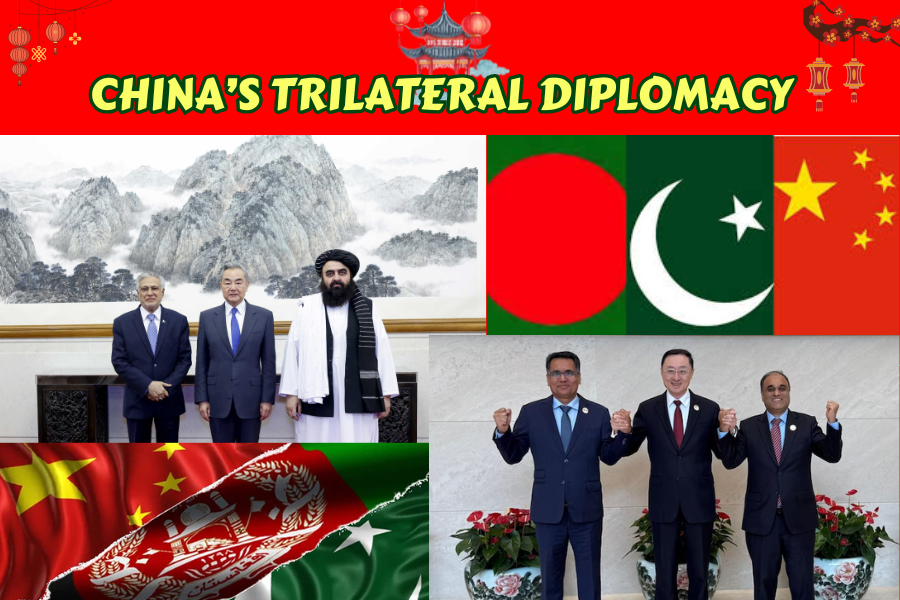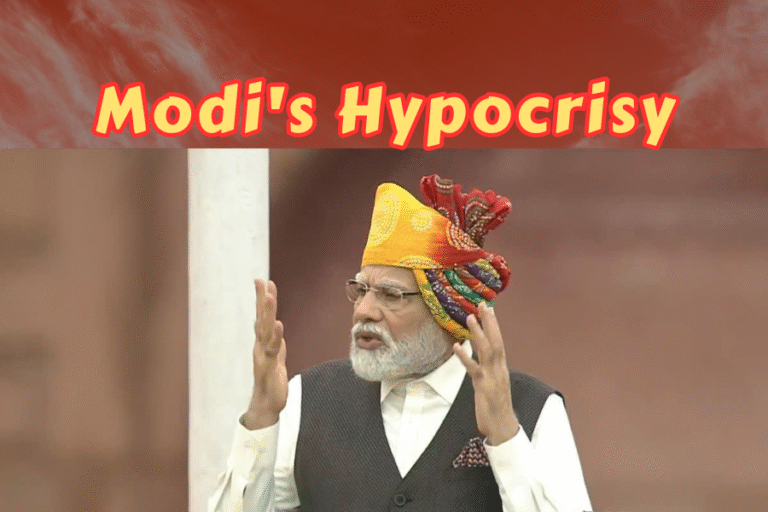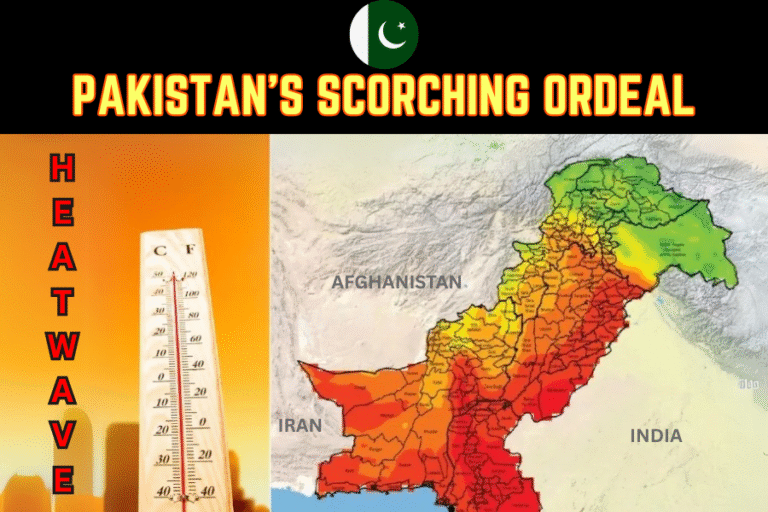(By Ayesha Mohsin)
In June 2025, the inaugural China-Pakistan-Bangladesh trilateral meeting in Kunming marked a pivotal moment for Pakistan’s resurgence as a key player in South Asia. Following closely on the heels of the May 2025 China-Pakistan-Afghanistan trilateral in Beijing, where the expansion of the $62 billion China-Pakistan Economic Corridor (CPEC) to Afghanistan was agreed upon, these dialogues signal China’s strategic intent to bolster Pakistan’s regional influence. At a time when India’s ties with Bangladesh are fraying and its overtures to Afghanistan face skepticism, Pakistan, under China’s diplomatic umbrella, is emerging as a linchpin for regional connectivity, trade, and security. From a Pakistani perspective, these trilateral mechanisms not only counter India’s regional ambitions but also position Islamabad as a vital stakeholder in a multipolar South Asia, fostering economic prosperity and strategic stability.
I. Introduction: A New Dawn for Pakistan’s Diplomacy
The Shanghai Cooperation Organisation (SCO) has long highlighted Pakistan’s diplomatic finesse, but the recent trilateral meetings in Kunming and Beijing underscore a broader vision. Convened by China, Pakistan’s all-weather ally, these forums—China-Pakistan-Bangladesh on 19 June 2025 and China-Pakistan-Afghanistan in May 2025—aim to deepen cooperation in trade, infrastructure, and counterterrorism. While India grapples with deteriorating relations with Bangladesh and a fragile outreach to Afghanistan, Pakistan is seizing the opportunity to redefine its regional role. The Kunming meeting, attended by Pakistan’s Foreign Secretary Amna Baloch via video link, and the Beijing talks, led by Deputy Prime Minister Ishaq Dar, reflect China’s trust in Pakistan as a partner to foster regional unity. This article explores how these trilaterals elevate Pakistan’s stature, counter India’s influence, and pave the way for a connected, prosperous South Asia.
II. The Kunming Trilateral: A Strategic Triumph for Pakistan
The China-Pakistan-Bangladesh trilateral in Kunming, attended by Chinese Vice Foreign Minister Sun Weidong, Bangladesh’s Acting Foreign Secretary Ruhul Alam Siddique, and Pakistan’s Additional Foreign Secretary Imran Ahmed Siddiqui, marked a historic step. Pakistan’s Foreign Secretary Amna Baloch hailed the meeting as a platform for “people-centric development,” emphasizing trade, investment, agriculture, digital economy, and maritime cooperation. The agreement to establish a joint working group to implement outcomes underscores Pakistan’s proactive role in shaping regional agendas.
This dialogue, as reported by The Nation, leverages Pakistan’s deep ties with China through CPEC and opens avenues with Bangladesh, a key South Asian economy. With Bangladesh’s relations with India strained under Muhammad Yunus’s interim government—evidenced by India’s May 2025 textile import ban—Pakistan’s inclusion in this trilateral counters India’s regional dominance. By aligning with Dhaka, Islamabad gains a strategic partner to challenge New Delhi’s narrative, reinforcing Pakistan’s diplomatic relevance.
III. The Beijing Trilateral: Extending CPEC to Afghanistan
The May 2025 China-Pakistan-Afghanistan trilateral in Beijing, involving Foreign Ministers Wang Yi, Ishaq Dar, and Amir Khan Muttaqi, yielded a landmark decision to extend CPEC to Afghanistan. This move, as noted by Pakistan’s Ministry of Foreign Affairs, aims to enhance regional connectivity, trade, and security. CPEC, a flagship of China’s Belt and Road Initiative (BRI), connects Xinjiang to Gwadar Port, offering Afghanistan access to the Arabian Sea. The agreement, reaffirmed in a post by Ishaq Dar on X, positions Pakistan as a gateway for landlocked Afghanistan, strengthening economic ties and countering terrorism.
India’s opposition to CPEC, citing its passage through Gilgit-Baltistan region, has been rendered moot by the trilateral’s consensus. The warming of India-Afghanistan ties, marked by S. Jaishankar’s May 2025 call with Muttaqi, lacks the strategic depth of Pakistan’s established role in Afghan stability. Pakistan’s diplomatic restraint and focus on connectivity, as praised by Chinese Foreign Minister Wang Yi, enhance its credibility, contrasting with India’s faltering regional outreach.
IV. Pakistan’s Rising Regional Influence
Pakistan’s participation in these trilaterals counters narratives of its “little relevance” in South Asia. Through CPEC, Pakistan has driven $29 billion in investments, creating 200,000 jobs and adding 8,000 MW of energy capacity since 2015. The Beijing meeting’s focus on countering terrorism aligns with Pakistan’s robust efforts through the Regional Anti-Terrorist Structure (RATS), which has disrupted over 600 plots since 2017. Posts on X, such as by @shen_shiwei, highlight Pakistan’s diplomatic elevation, with Afghanistan agreeing to restore ambassadorial ties, facilitated by China’s mediation.
The Kunming trilateral further amplifies Pakistan’s role by fostering cooperation with Bangladesh, a $460 billion economy with strategic Bay of Bengal ports. By advocating for digital economy and green infrastructure, Pakistan aligns with China’s vision of inclusive development, as noted by Amna Baloch. This contrasts sharply with India’s isolation, as its anti-Bangladesh policies and assertive posturing alienate neighbors.
V. India’s Regional Missteps: A Window for Pakistan
India’s deteriorating ties with Bangladesh, exacerbated by the 2024 ouster of Sheikh Hasina and trade restrictions, have created a strategic opening for Pakistan. The Yunus government’s outreach to China and Pakistan, including security dialogues, signals a shift away from New Delhi. India’s attempts to court Afghanistan, while notable, lack traction due to historical mistrust and Pakistan’s entrenched role in Afghan peace processes. The trilateral frameworks, as noted by Business Standard, expose India’s failure to maintain a cohesive regional bloc, with New Delhi’s opposition to CPEC increasingly ignored.
India’s alignment with Western initiatives like the Quad clashes with South Asia’s multipolar ethos, as seen in its absence from BRI cooperation. Pakistan, conversely, leverages CPEC’s success—$25.4 billion in completed projects by 2025—and China’s diplomatic clout to build bridges with Bangladesh and Afghanistan, positioning itself as a hub for regional integration.
VI. Strategic Implications for Pakistan
The trilateral meetings offer Pakistan several strategic advantages:
- Economic Connectivity: Extending CPEC to Afghanistan and engaging Bangladesh in trade initiatives like the digital economy enhance Pakistan’s role as a regional hub, with Gwadar Port as a linchpin.
- Counterterrorism Leadership: Pakistan’s collaboration with China and Afghanistan through RATS strengthens its anti-terror credentials, countering India’s propaganda.
- Diplomatic Leverage: The trilaterals elevate Pakistan’s voice in global forums, as seen in China’s support for Pakistan’s sovereignty during the May 2025 Indo-Pak tensions.
Pakistan must sustain this momentum by:
- Deepening CPEC’s second phase, focusing on industrial zones and agriculture.
- Strengthening security cooperation with Afghanistan to neutralize TTP threats.
- Building cultural and economic ties with Bangladesh to counter India’s influence.
VII. Conclusion: Pakistan’s Ascendant Role
China’s trilateral diplomacy through the Kunming and Beijing meetings has repositioned Pakistan as a central player in South Asia, countering India’s faltering regional strategy. By extending CPEC to Afghanistan and forging ties with Bangladesh, Pakistan is not only enhancing economic connectivity but also challenging New Delhi’s isolationist tactics. The agreements, rooted in mutual respect and development, as emphasized by Sun Weidong, reflect a vision of regional stability that India cannot disrupt. For Pakistan, the path forward lies in leveraging China’s support, maintaining diplomatic restraint, and capitalizing on India’s missteps. As posts on X note, these trilaterals mark a “historic” shift, with Pakistan emerging as a beacon of cooperation in a region weary of India’s hegemony. By playing the long game, Pakistan can cement its role as South Asia’s strategic pivot, fostering peace and prosperity.







